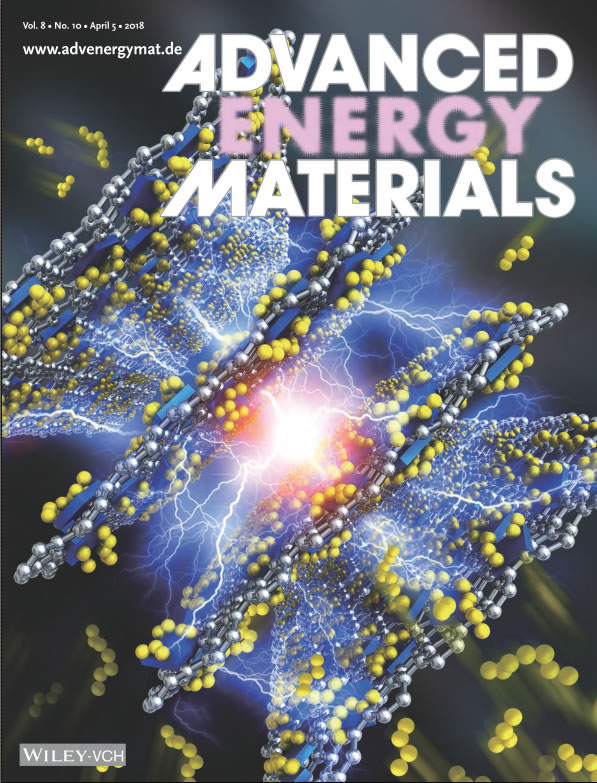Lithium-ion batteries are widely used in our daily life. With the urgent demand for high-capacity energy storage devices for emerging electronic products such as portable electronic devices and electric vehicles, traditional lithium-ion batteries are far from meeting our energy storage needs. Lithium-sulfur batteries are regarded as one of the most promising high-capacity storage systems because of their high theoretical specific capacity and energy density, as well as their low cost and environmental friendliness. However, commercial applications of lithium-sulfur batteries still have some technical challenges, such as the insulation of sulfur and solid discharge products, the shuttle effect of soluble polysulfides, and changes in the size of sulfur during charging and discharging. These problems often lead to low sulfur utilization, poor cycle life, and even a series of safety issues. How to significantly increase the energy density of lithium-sulfur batteries while increasing their stability has become one of the hot spots in current research. Under the support of the National Natural Science Foundation of China and the Chinese Academy of Sciences' Strategic Leading Science and Technology Project, the research team of the State Key Laboratory of Structural Chemistry of the Fujian Institute for the Study of Structures of the Chinese Academy of Sciences Wang Ruihu's research group Xiao Zhubing and others synthesized the vanadium sulfide-supported product through a simple hydrothermal reaction. The layered materials of graphene oxide (rGO-VS2) were reduced, and a series of rGO-VS2/S cathode materials with sandwich structure of rGO-VS2 and sulfur monolayers were fabricated. The alternately formed sandwich structure of the rGO-VS2 sheet and the active sulfur layer can withstand the volume change of the active material during the charge-discharge cycle by the elastic contraction expansion in the three-dimensional direction. At the same time, because of the high polarity, conductivity, and electrocatalytic activity of vanadium sulfide, a small amount of vanadium sulfide supported on the graphene sheet can effectively suppress the polysulfide shuttle effect and promote the redox reaction of the entire sulfur element layer, thereby increasing the Sulfur active material utilization and cycle stability. The rGO-VS2/S loaded with 89 wt% sulfur has a high tap density of 1.84 g cm-3, and its volumetric capacity reaches 1182.1 mA h cm-3 at 0.1 C discharge, and remains at 1050 mA h at 100 cycles. Cm-3. The study shows that introduction of electrocatalytic components with high conductivity and strong polysulfide adsorption capacity in a retractable sandwich structure can yield positive electrode materials for lithium-sulfur batteries with superior performance. This is to develop long-life, high-energy-density lithium-sulfur batteries. Provides new ideas. The research results were published in the form of a cover article on Advanced Energy Materials and introduced by MaterialsViewsChina. The first author of the thesis was a doctoral student Cheng Zhibin. The smart curtain adopts a kind of high-tech fabric,which is combined with the technology of high-efficiency light induction, magnetron sputtering, and nano-film inner lamination.Compared with traditional curtains, it has the advantages of high-end atmosphere, beautiful appearance, heat insulation, shading, UV protection, and more transparent vision. It is a smart film curtain product that subverts the industry. Smart Curtain Film Shenzhen YuGuang New Material Co.,Ltd , https://www.ygsmartfilm.com
